Losing access to your Gmail account can feel like losing the keys to your entire online life. Before disaster strikes, take a few minutes to make sure you can recover your account quickly and securely.

5
Double-Check Your Recovery Email and Phone Number
Your recovery email and phone number are your lifelines when something goes wrong. Without them, regaining access to your Gmail account can turn into a nightmare of forms and dead ends. You’d be surprised how many people set up their Gmail years ago, linked an old college email or a now-defunct phone number, and never looked back.
Take a moment to check that both your recovery email and phone number are current. Log in to your Google Account settings, go to Manage your Google Account, and then tap the Security tab. Under the How you sign in to Google section, you’ll find your recovery phone and email. Review them to make sure they are accurate.
If you’ve changed your number or stopped using a secondary email, update it immediately. It’s a small step that could save you a lot of frustration later on.
4
Make Sure Your Password Is Strong and Updated
A weak or outdated password works only in the interest of potential hackers. Even if you think your password is “good enough,” it’s worth revisiting with fresh eyes. A strong password should be long and include a mix of uppercase and lowercase letters, numbers, and symbols.
However, strength isn’t just about complexity; it’s also about uniqueness. If you’re reusing a password from another site, you’re putting your Gmail account at serious risk.
If you haven’t updated your password in a while, this is your sign to do it now. Choose something memorable but unpredictable. Avoid obvious picks like birthdays, pet names, or anything a quick scroll through your social media could reveal. Better yet, use a trusted password manager or an online password generator to help generate a strong enough password.
3
Review Devices Signed In to Your Account
Another important but often overlooked step is reviewing which devices are currently signed in to your Gmail account. If you haven’t checked in a while, you might find some surprises, like an old phone you no longer use or, worse, a device you don’t recognize.
To check, go to your Google Account settings and under the Security tab, find Your devices. Here, Google lists every device that has recently accessed your account. Catching unauthorized access early can mean the difference between a quick fix and a full-blown recovery nightmare.
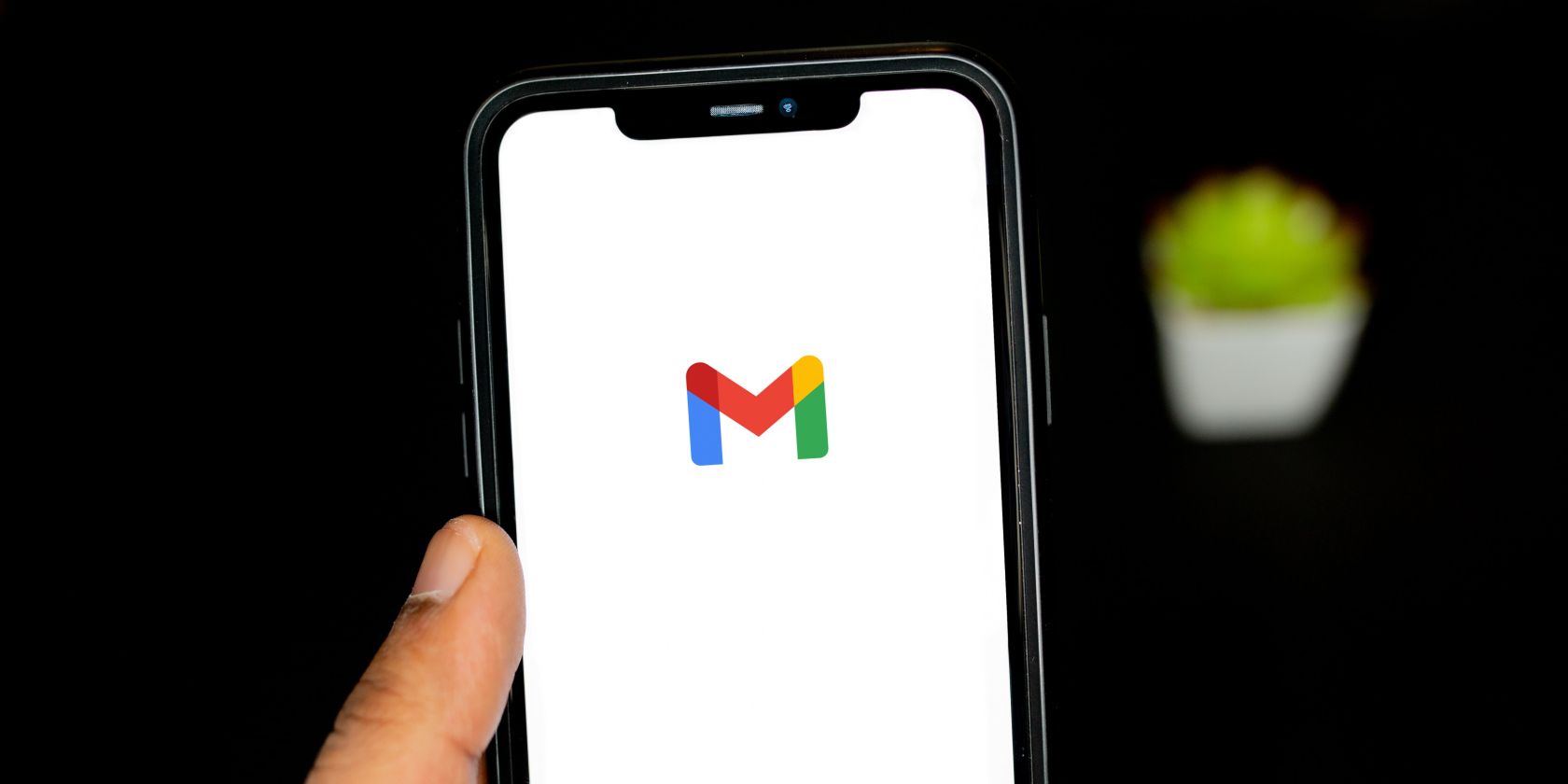
Related
8 Security Measures Gmail Uses to Keep You Safe
Using Gmail? Here’s what the email provider does to protect you and your data.
If you spot any unfamiliar devices, do not panic. Click on them and choose the option to Sign out. Then immediately change your password. It’s a good habit to periodically prune this list by signing out of devices you no longer use, to ensure only trusted devices have access to your account.
2
Turn On Two-Factor Authentication
If you’re serious about keeping your Gmail account secure, two-factor authentication (2FA) is crucial. It is one of the most effective defenses against unauthorized access because it requires more than just a password. Even if someone steals your password, they would still need your second factor, usually your phone, to get in.
To enable 2FA, go to your Google Account under the Security tab and find 2-Step Verification. Follow the prompts to set it up using text messages, an authenticator app like Google Authenticator, or a physical security key for maximum protection. Using an authenticator app is generally safer than SMS because phone numbers can sometimes be spoofed.
Too often, I have seen cases where a lack of two-factor authentication led to painful account takeovers.
1
Keep a Backup Code Somewhere Safe
Even with two-factor authentication, it is smart to prepare for the unexpected. What if you lose your phone or cannot access your authentication app? That is where backup codes come in. Google provides a set of one-time-use codes that can help you regain access when usual methods fail.
After setting up 2FA, Google will offer the option to download or print backup codes. Store them somewhere offline, such as a locked drawer or a secure digital vault not synced to the cloud. The goal is to keep them out of reach from cyber threats but accessible when you need them most.
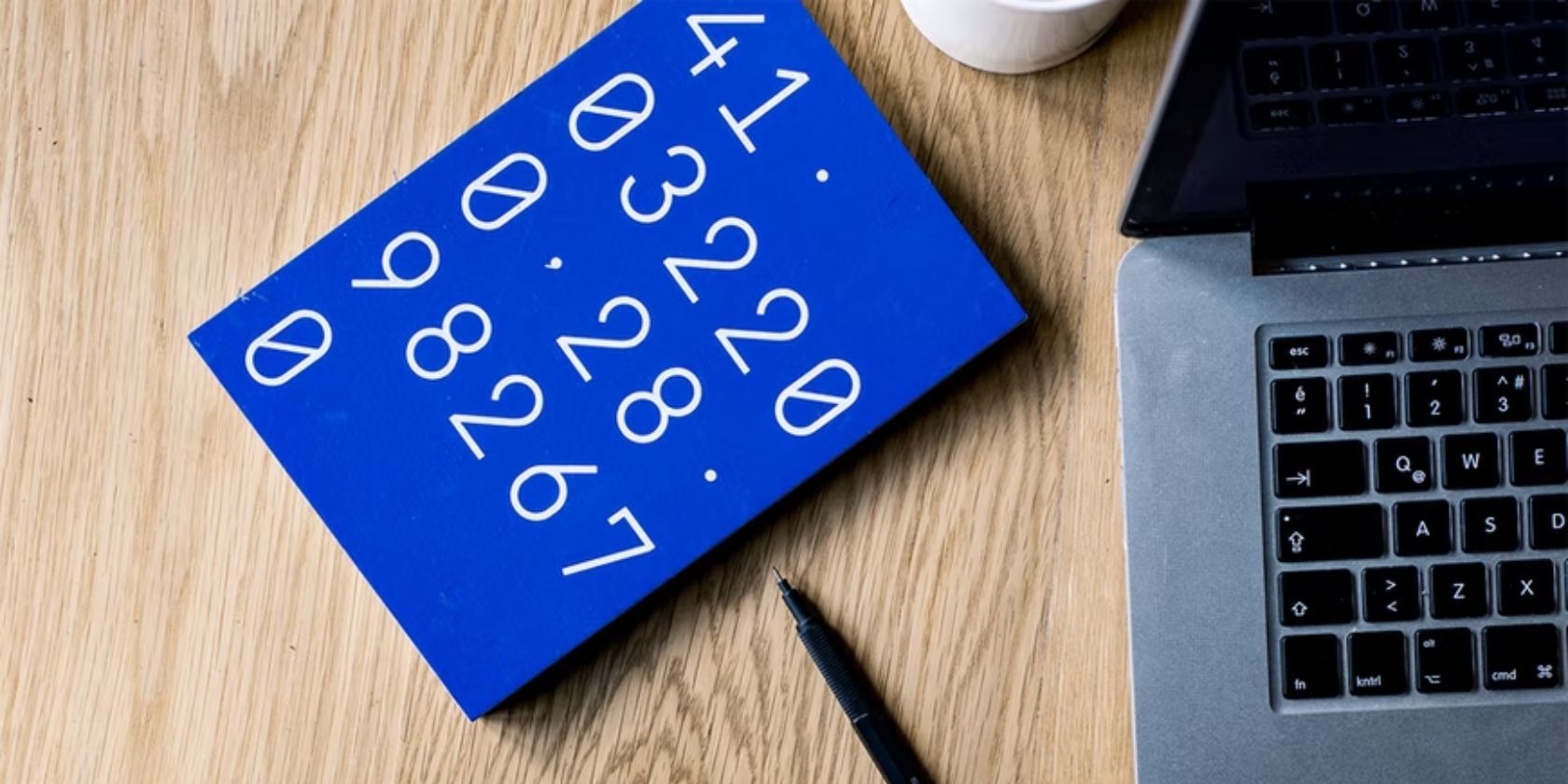
Related
The 4 Best Places to Store Your Recovery Codes
Should all else fail, you might have recovery codes to regain access to your accounts. But how can you safely store these vital number strands?
Securing your Gmail account does not have to be complicated or time-consuming, but it does require a little attention before problems arise. Think of it like locking your front door. It is a simple habit that protects everything valuable inside. Take a few minutes to double-check your settings, update what is outdated, and set yourself up for a smooth recovery if you ever need it. Future you will be glad you did.


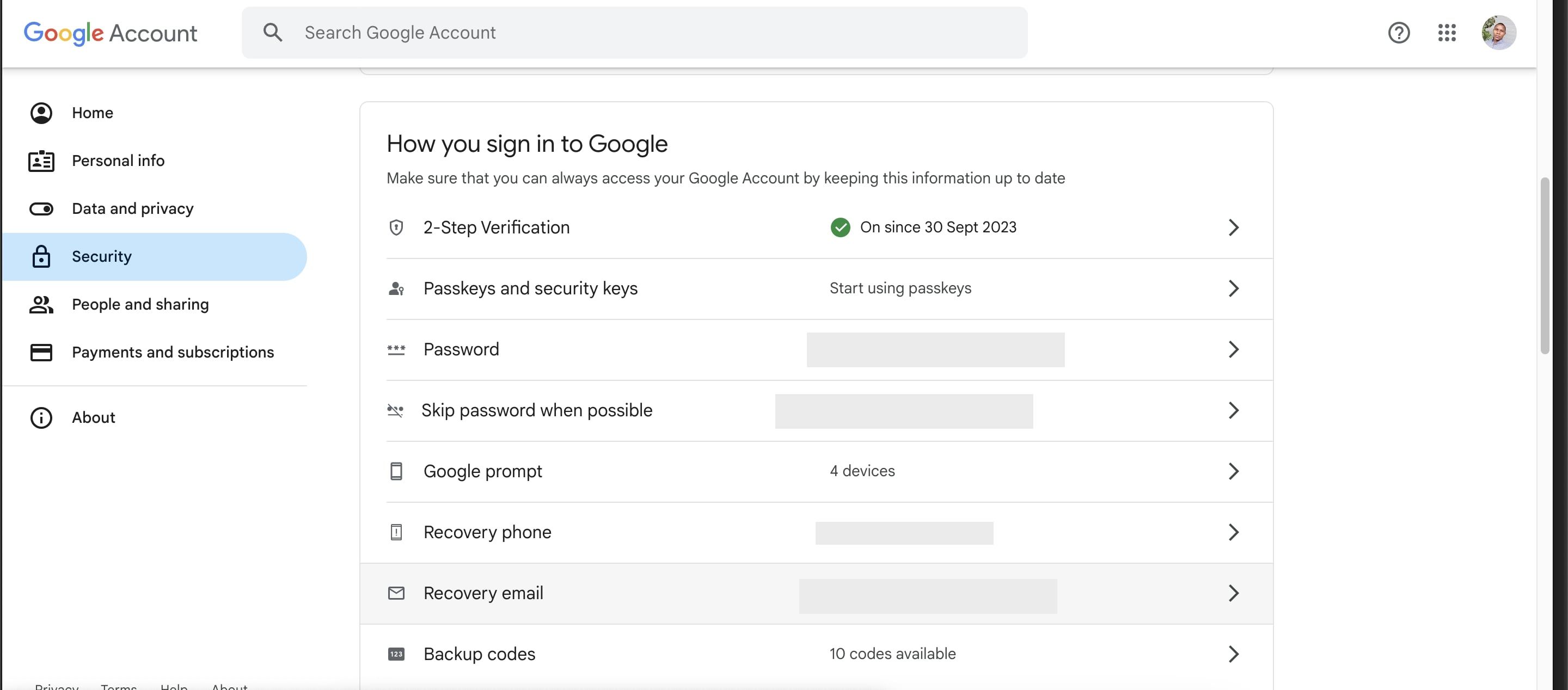
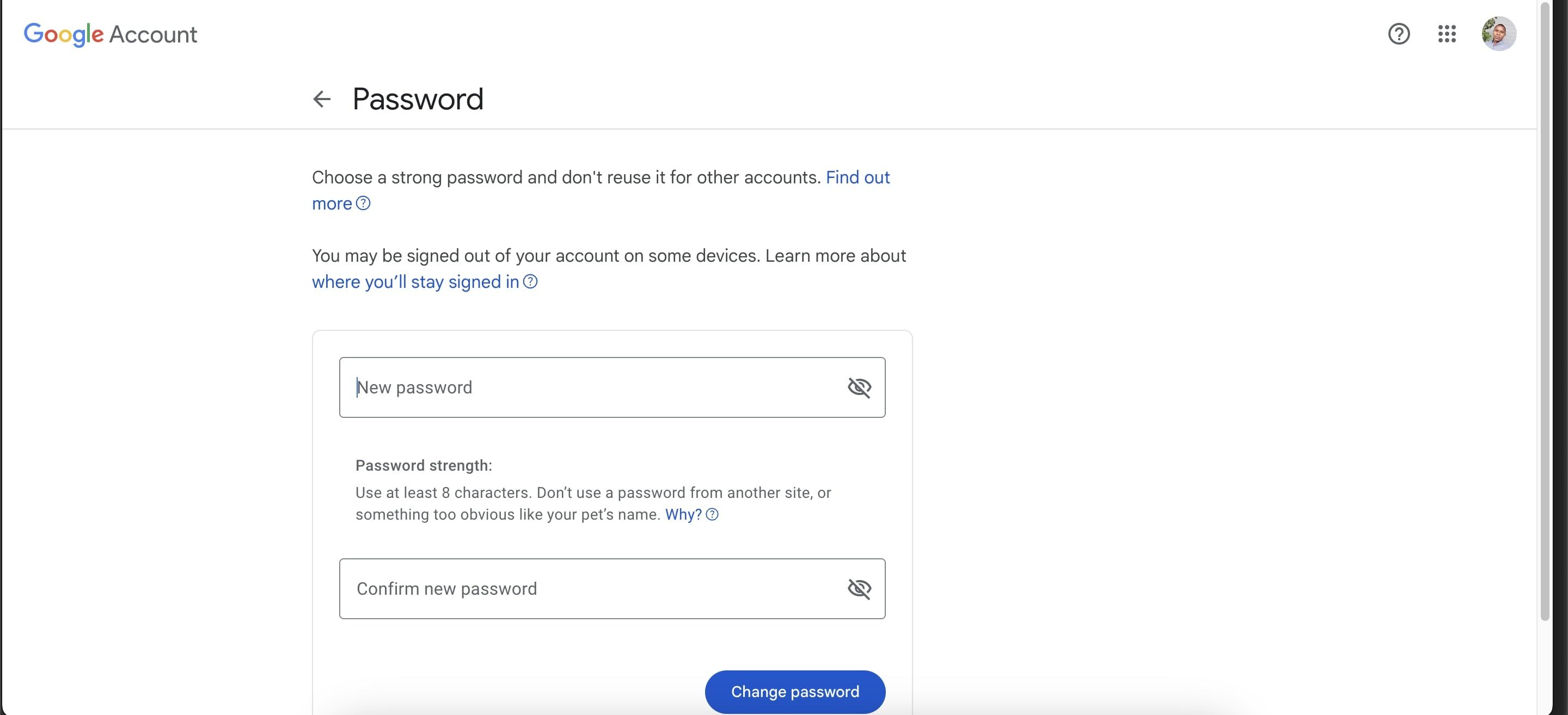
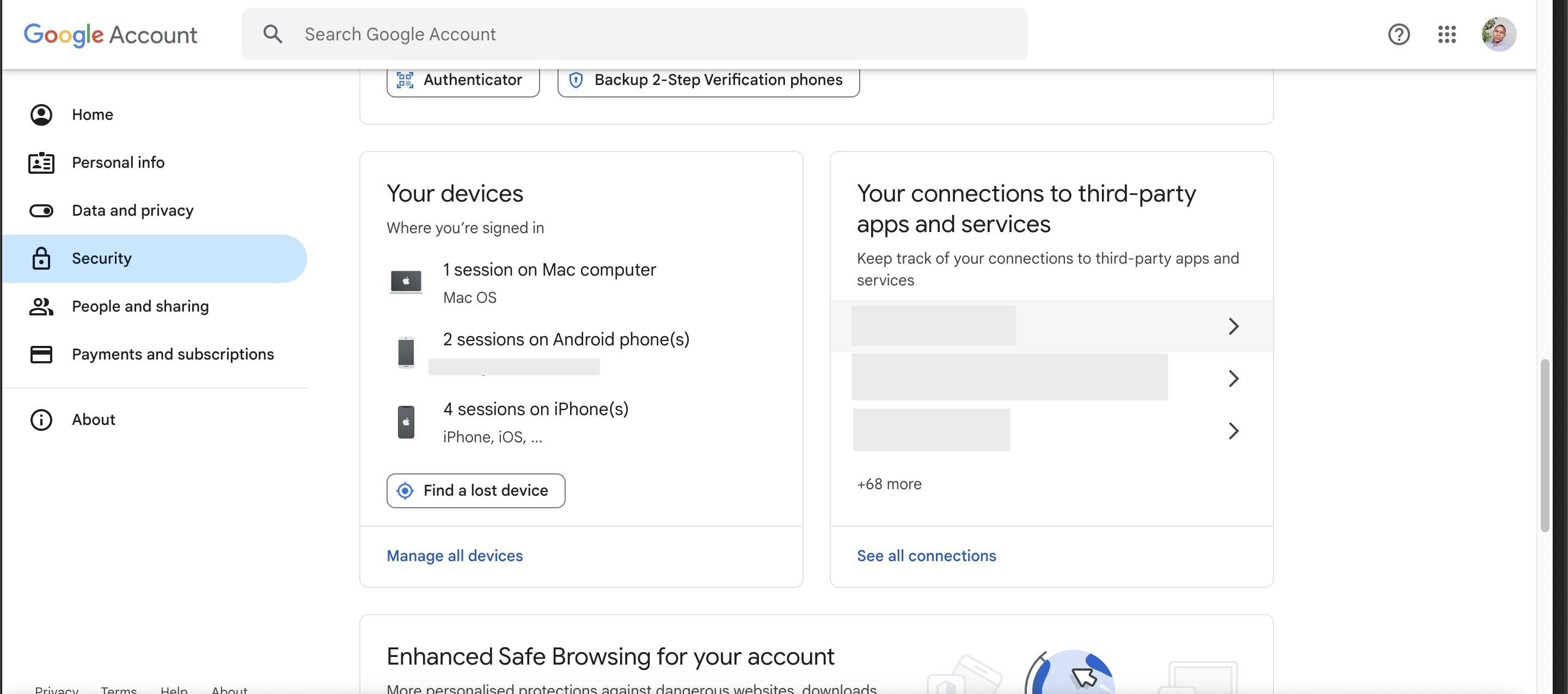
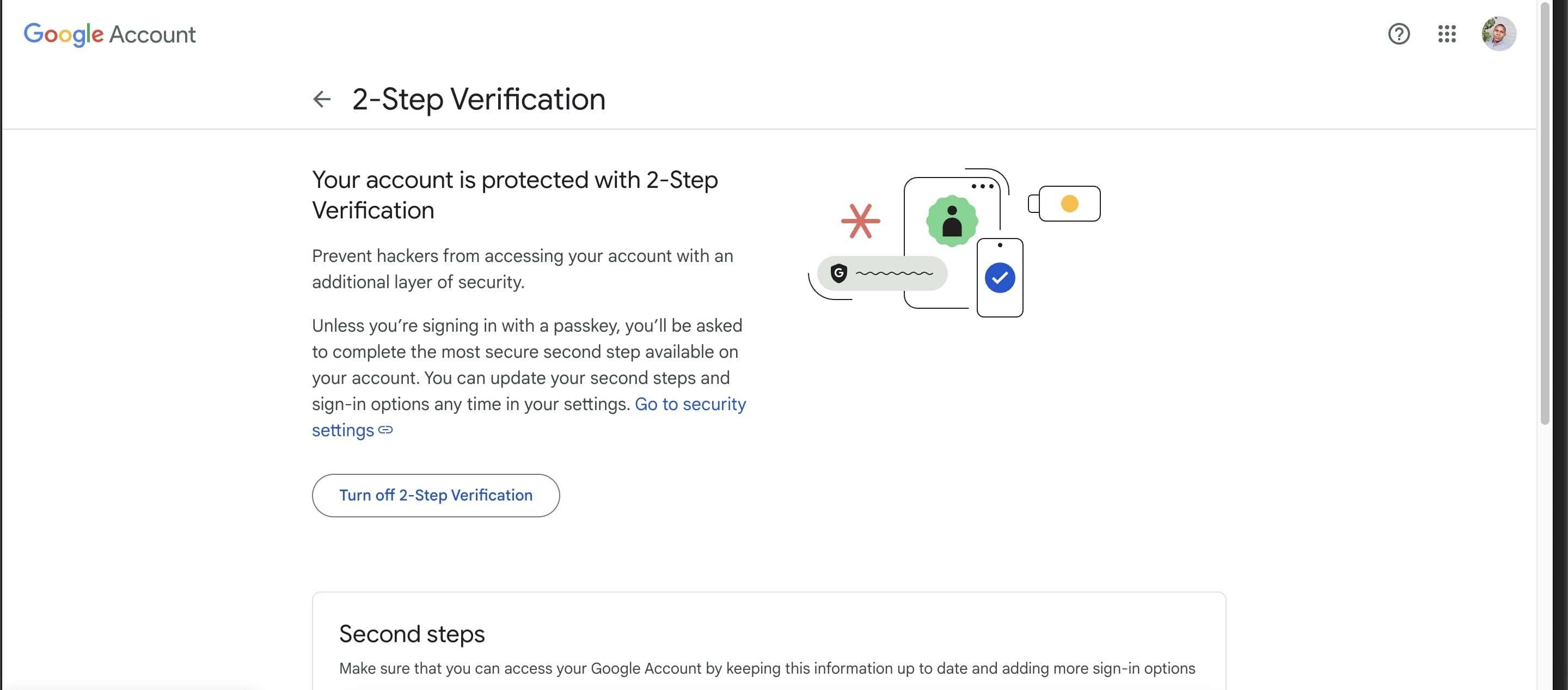
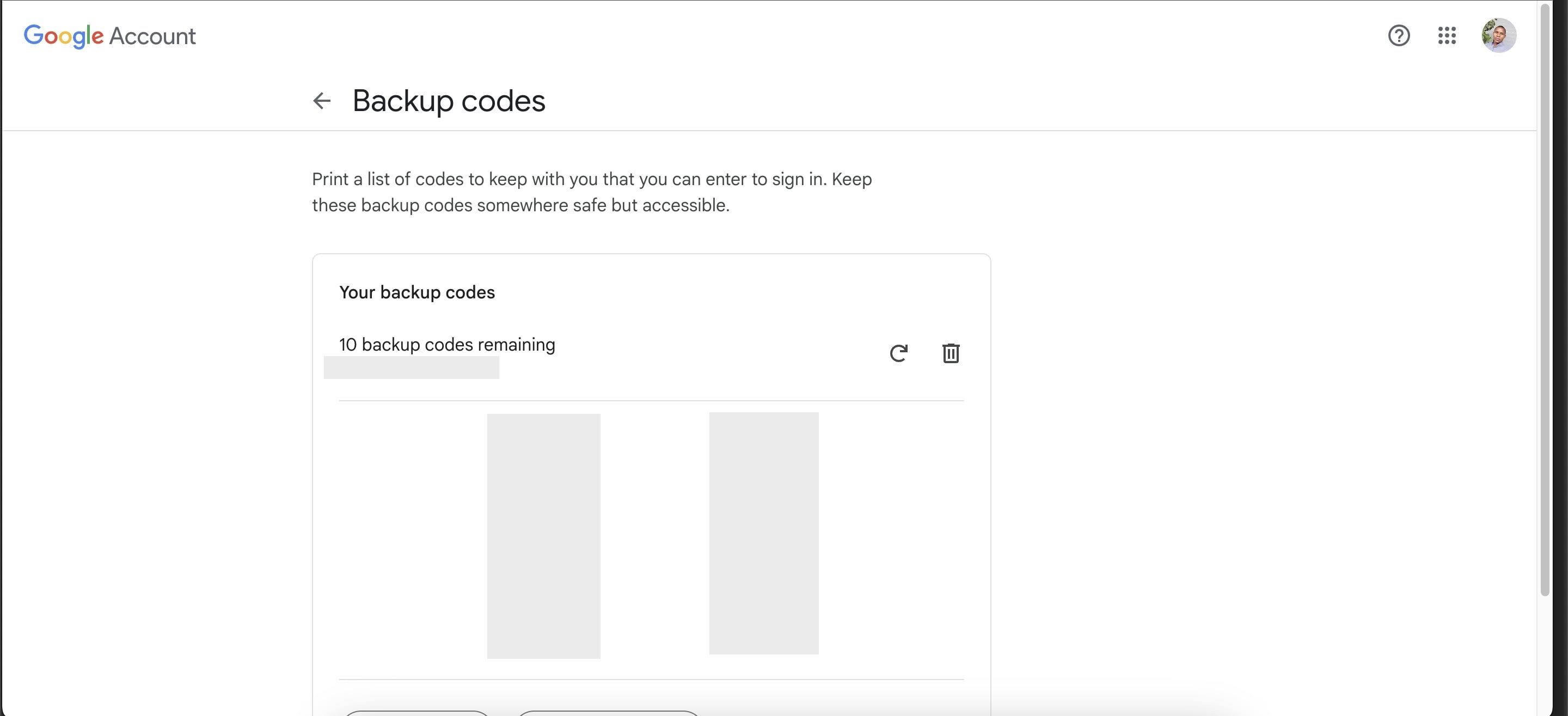





Leave a Comment
Your email address will not be published. Required fields are marked *